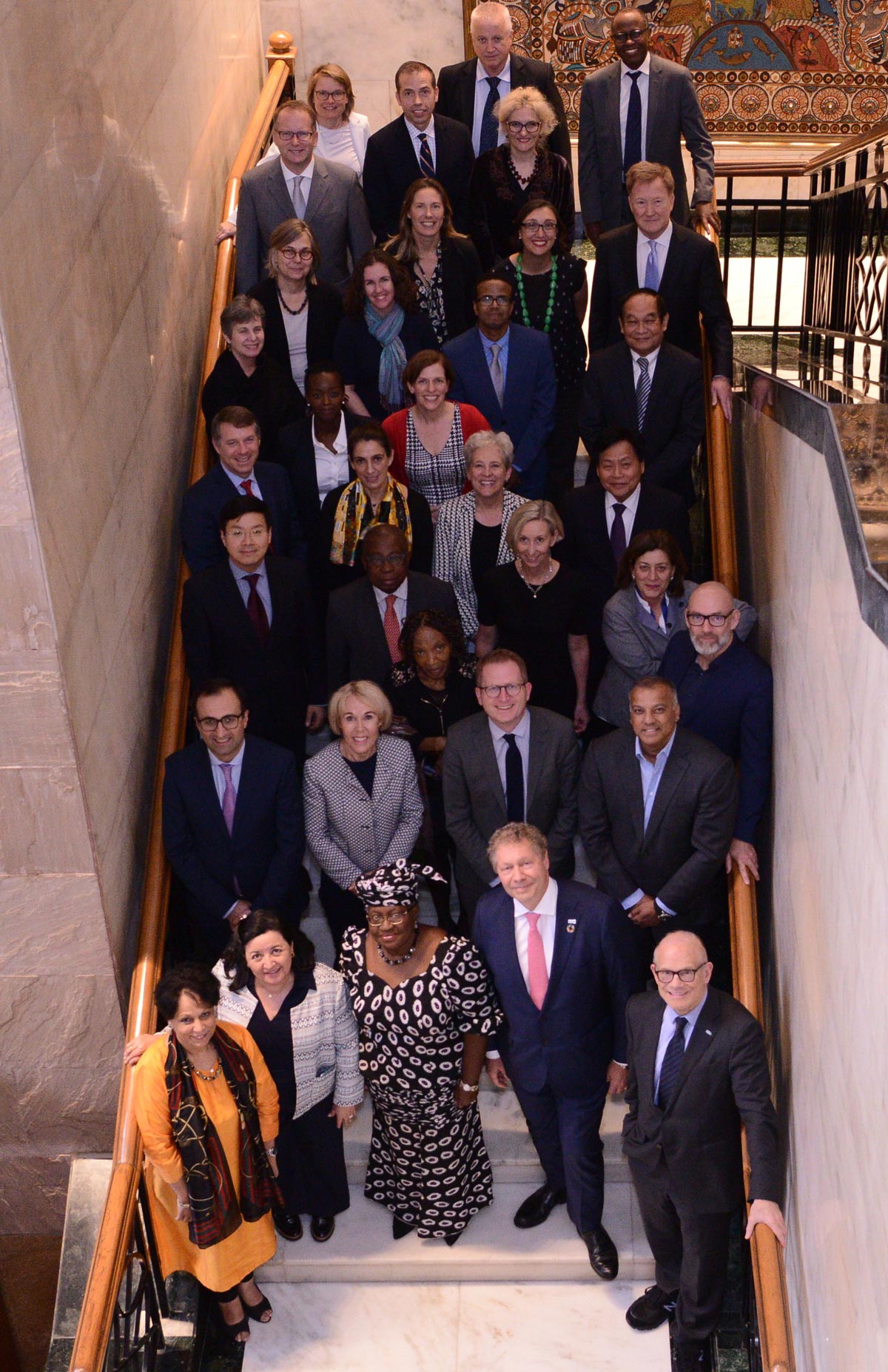05 Annex A Implications Anticipated impact pdf
05 ? Annex A
Re port to the Report to the Board
Board -201 9-Mtg -3-Doc 0 5 ? Annex A
Annex A: Implications/Anticipated impact
Risk implications
Due to fiscal pressures in donors markets alongside competing replenishments, there
is a risk of decreased support from existing donors or inability to increase new donor
contributions to Gavi. Hence, a successful Replenishment that engages all
stakeholders and donors will be crucial for ensuring continuity of Gavi programmes at
country level, as well as maintaining industry and manufacturer confidence.
In addition, the rec ent Global Fund replenishment has underlined the need to
anticipate exchange rate fluctuations. As an illustration, if all donors contributions to
Gavi, pledged in their national currencies, remained at a flat -line level compared to the
Berlin replenishmen t, at today?s exchange rates Gavi would not be able to secure the
minimum required in the new Investment Opportunity.
If there are insufficient resources to deploy in 2021 ?2025, the Alliance would be faced
with hard choices, and would undertake a rigorous prioritisation exercise. Gavi would
need to resize its ambitions around supporting particular vaccines, enabling grants in
health systems, protecting the world with vaccine stockpiles, and/or strategic
investments to secure immunisation returns, among oth er priority areas. Gavi would
also likely have to pull back from some of the work of collaborating with other
institutions.
As a result, country demand would not be met, risking backsliding on the tremendous
progress made to date. This has implications n ot only for the poorest people?s ability
to live healthy lives, but also their ability to thrive and lift themselves out of poverty. In
addition, in a world without vaccines, disease outbreaks would cause significant
economic loss, not only to families and communities from unnecessary suffering and
loss of earnings, but this would be multiplied many times over by loss of trade, lost
productivity, and decimated health services. Many of the hard -fought gains made
could be reversed but with far greater global implications in a hyper -connected world.
It can be a major threat to global prosperity and security if we do not take steps to stop
disease at source.
With respect to assuring contributions from new donors, it should be noted that a
number of them are as king for a seat and/or greater voice at the Board in consideration
of their contributions. Another challenge emerging from discussions with some new
and emerging donors is that some of them may not make donations directly to Gavi
because the Alliance?s sta tus does not meet their definition of an International
Organisation. Finally, the use of innovative finance mechanisms may require legal
issues and tax deductibility limitations to be addressed, especially when considering
contributions from the private se ctor.

